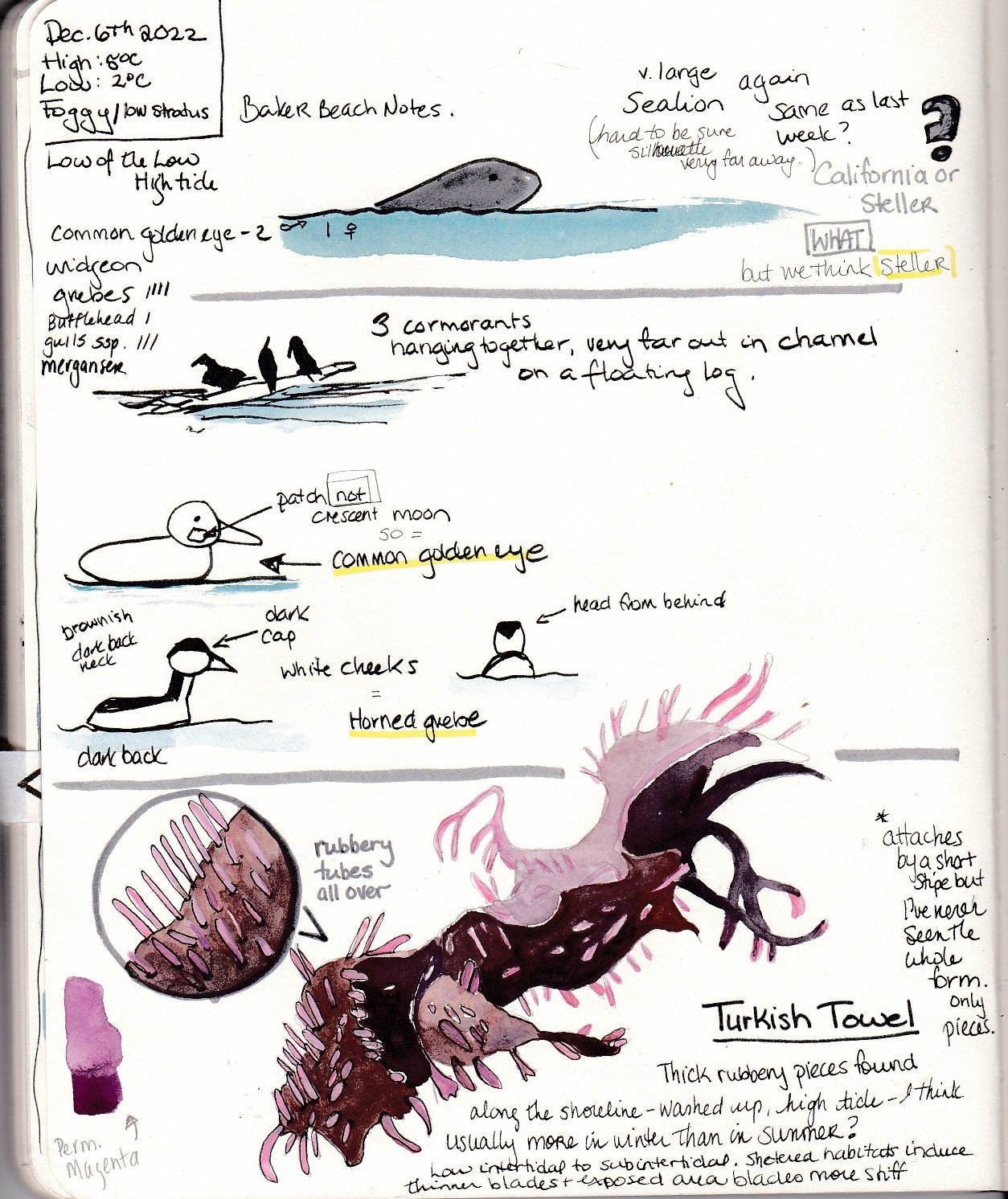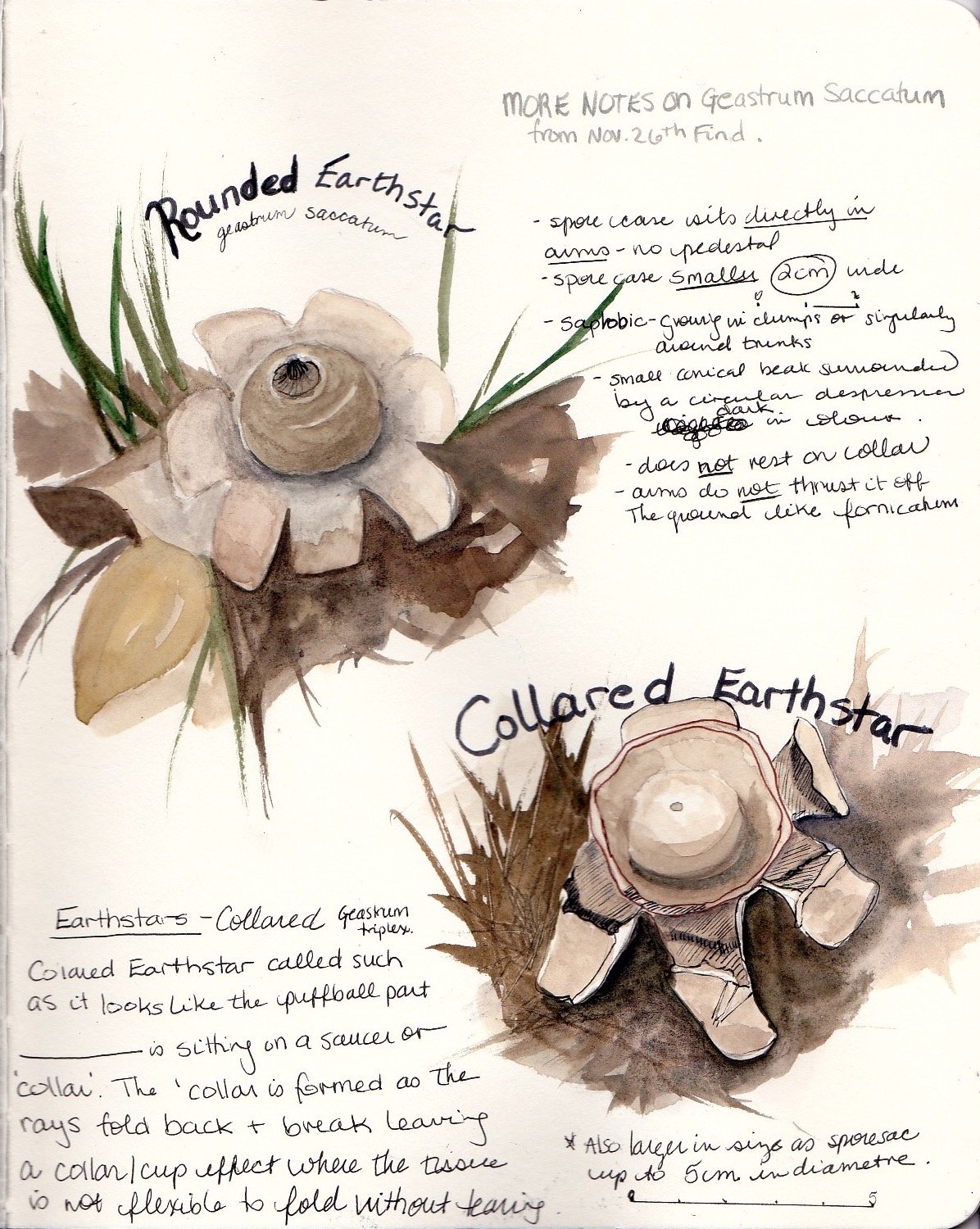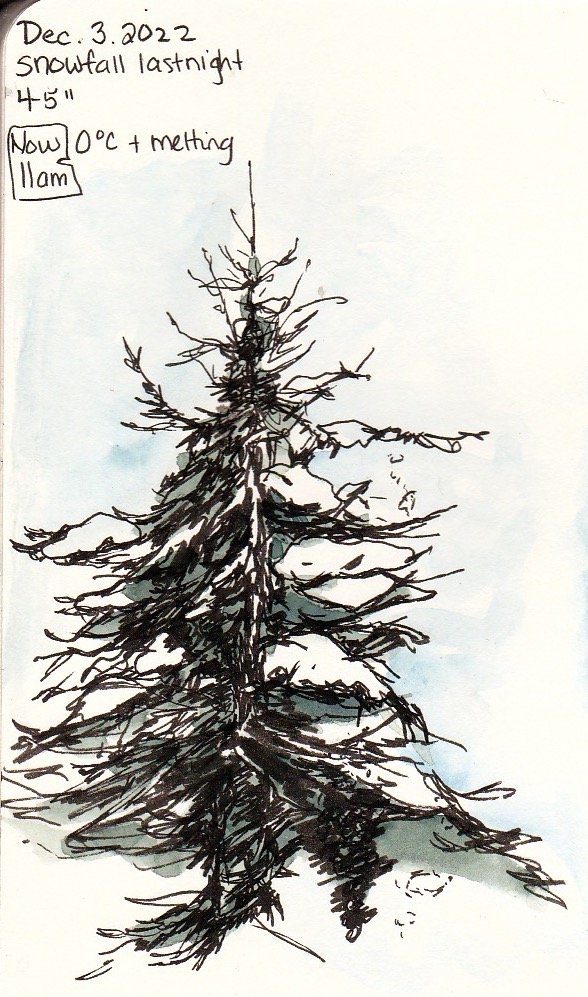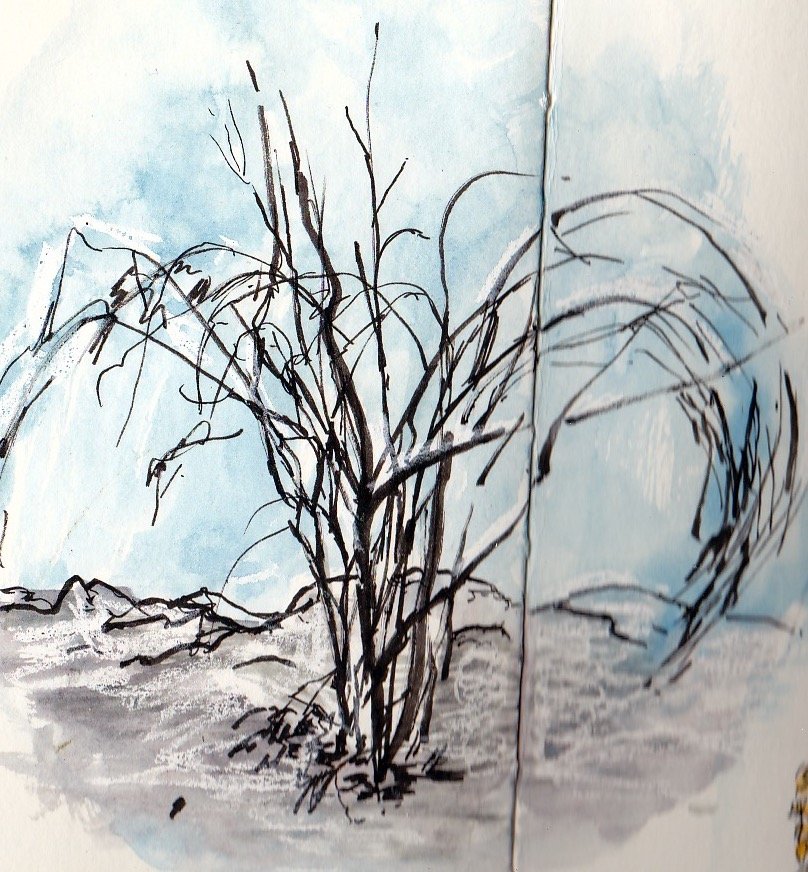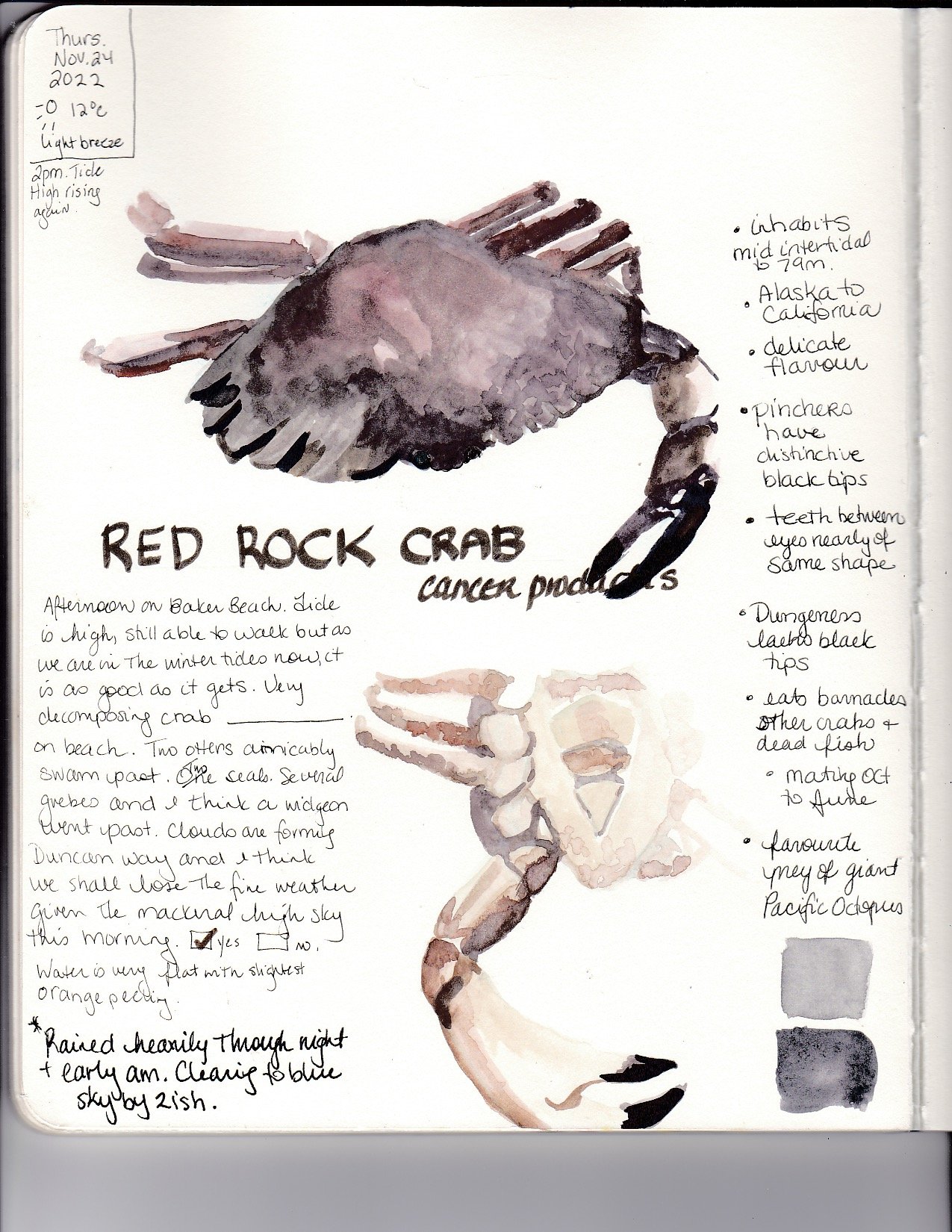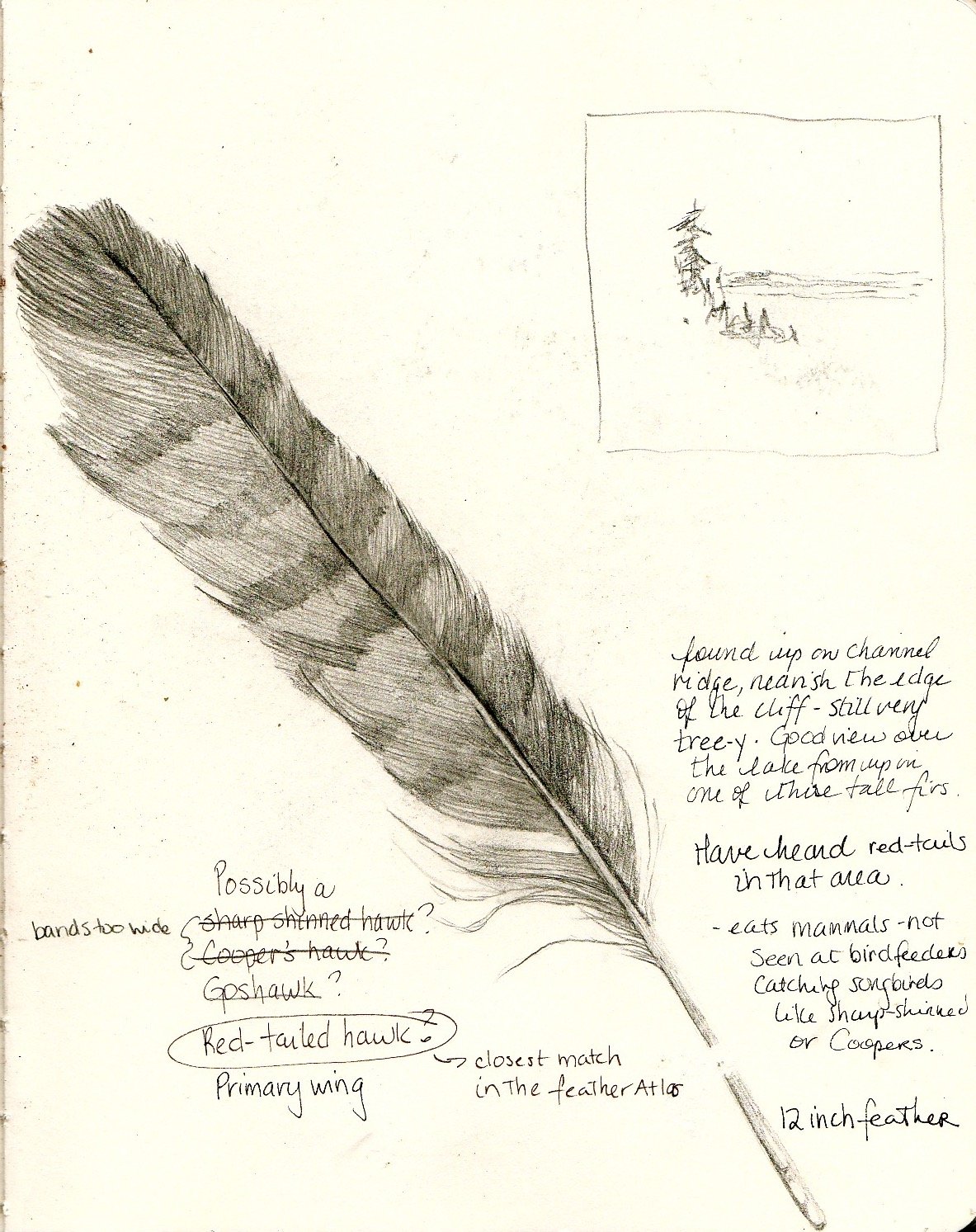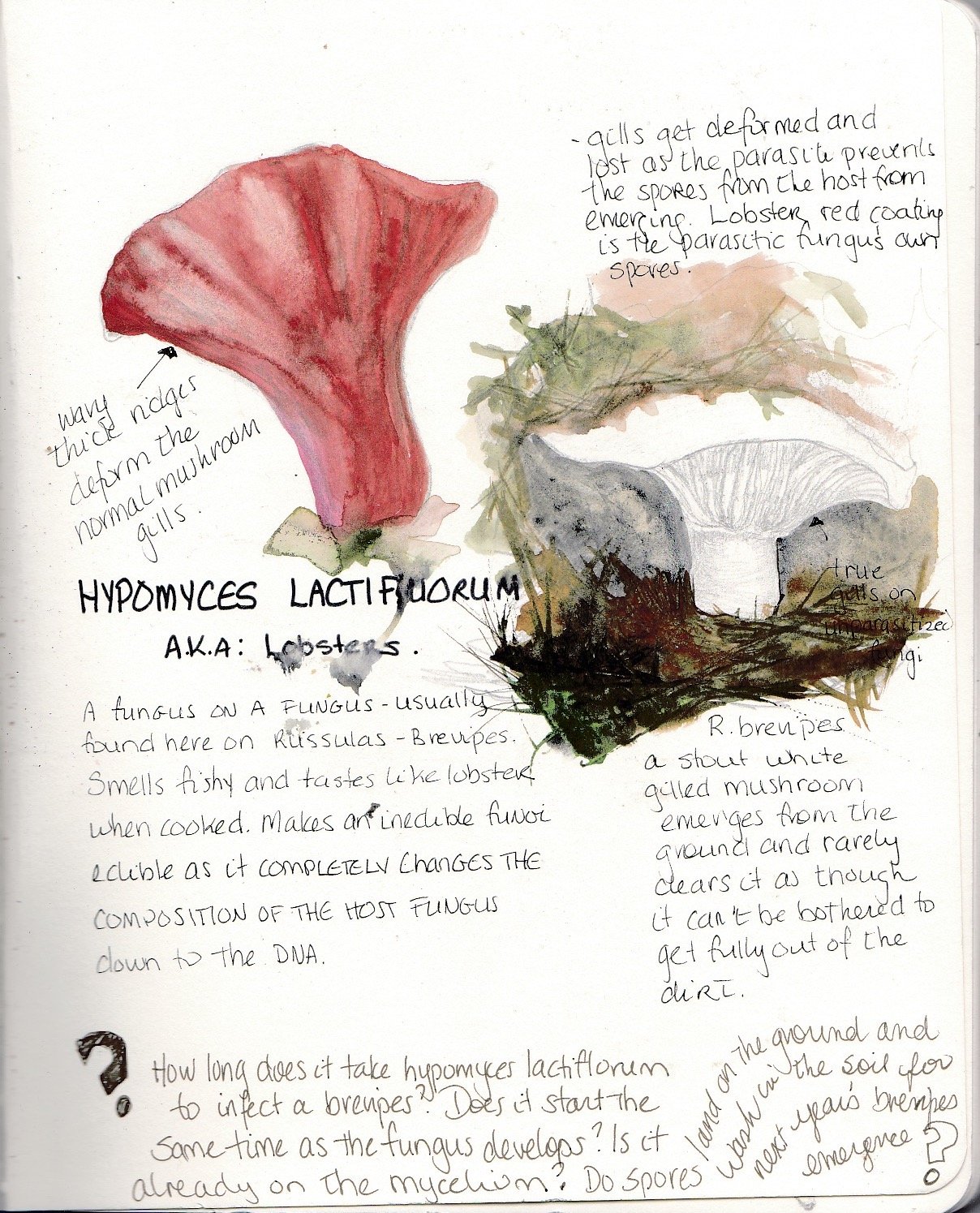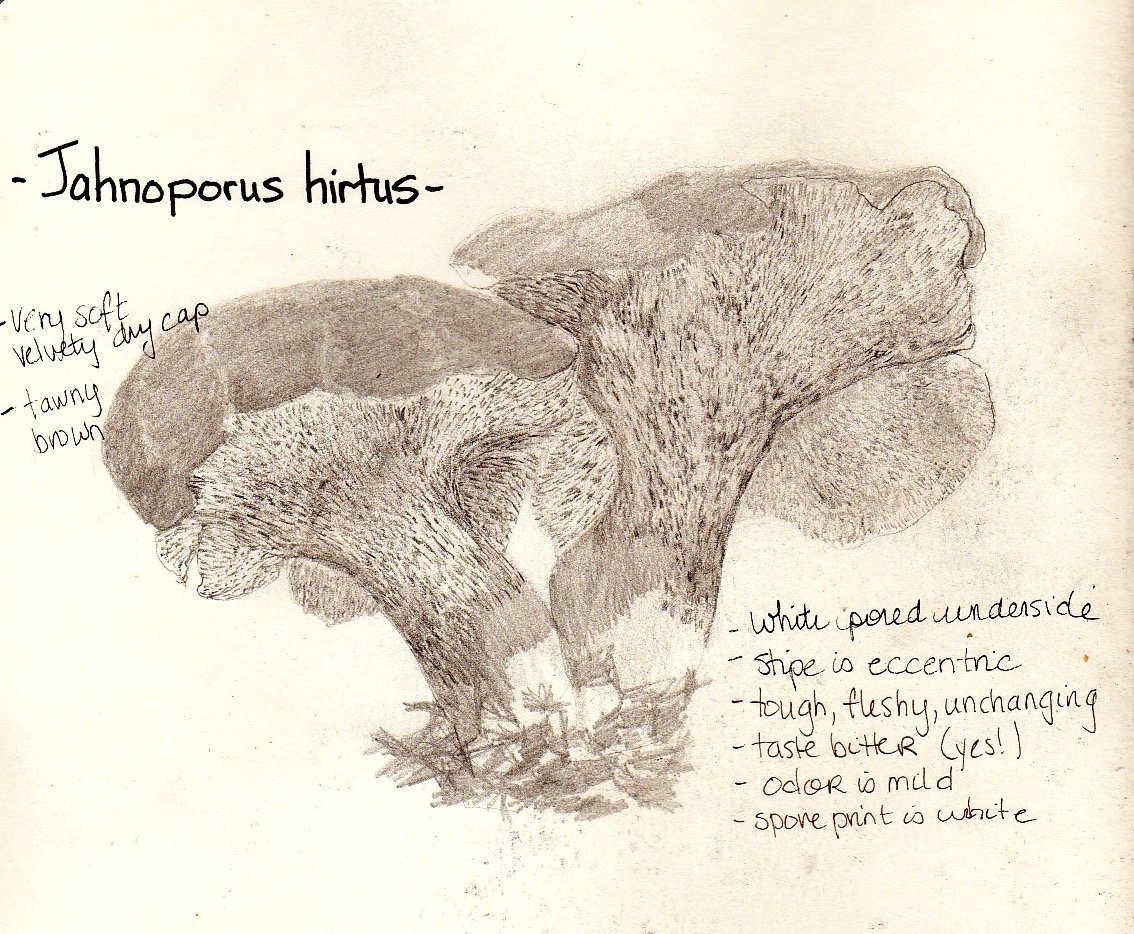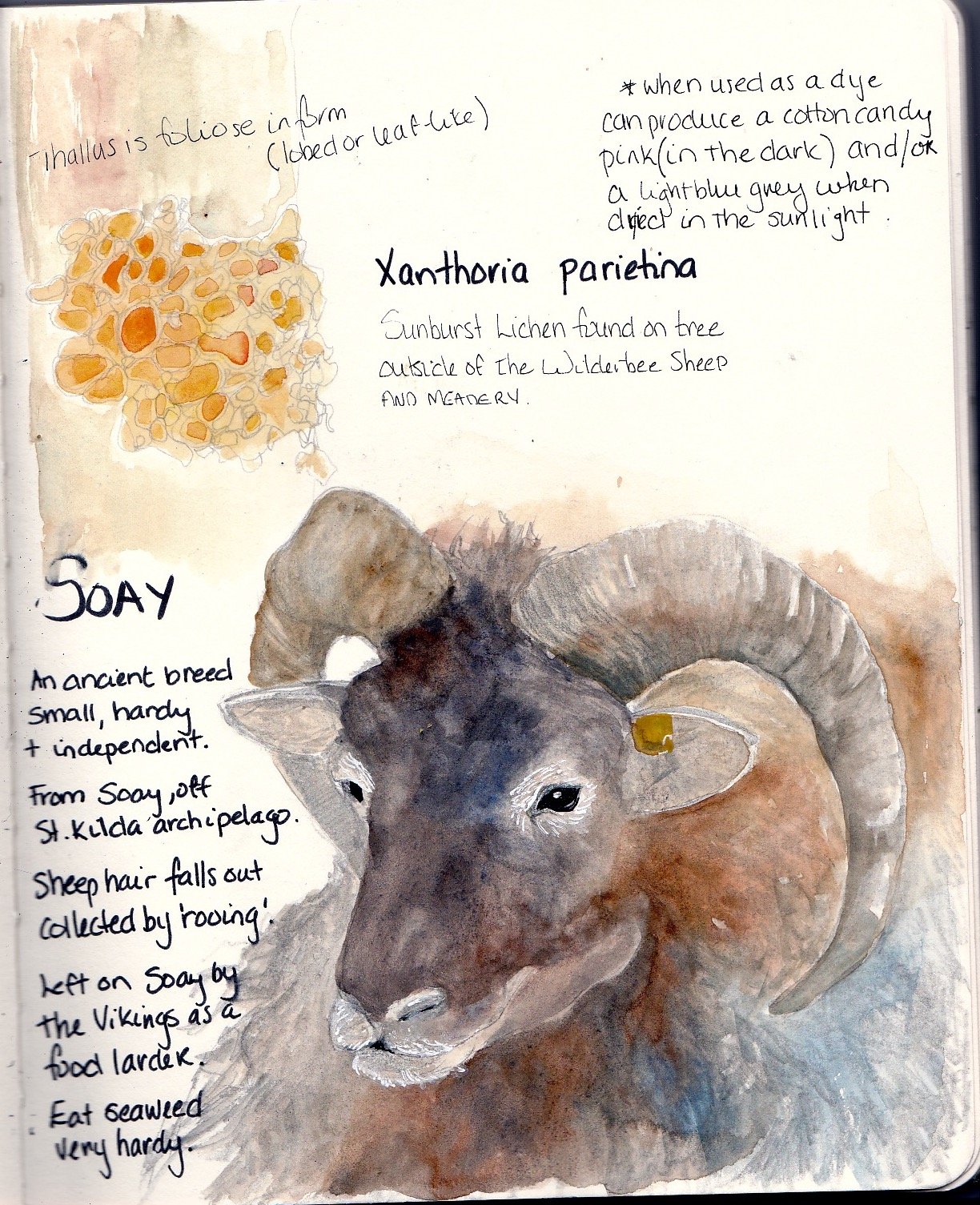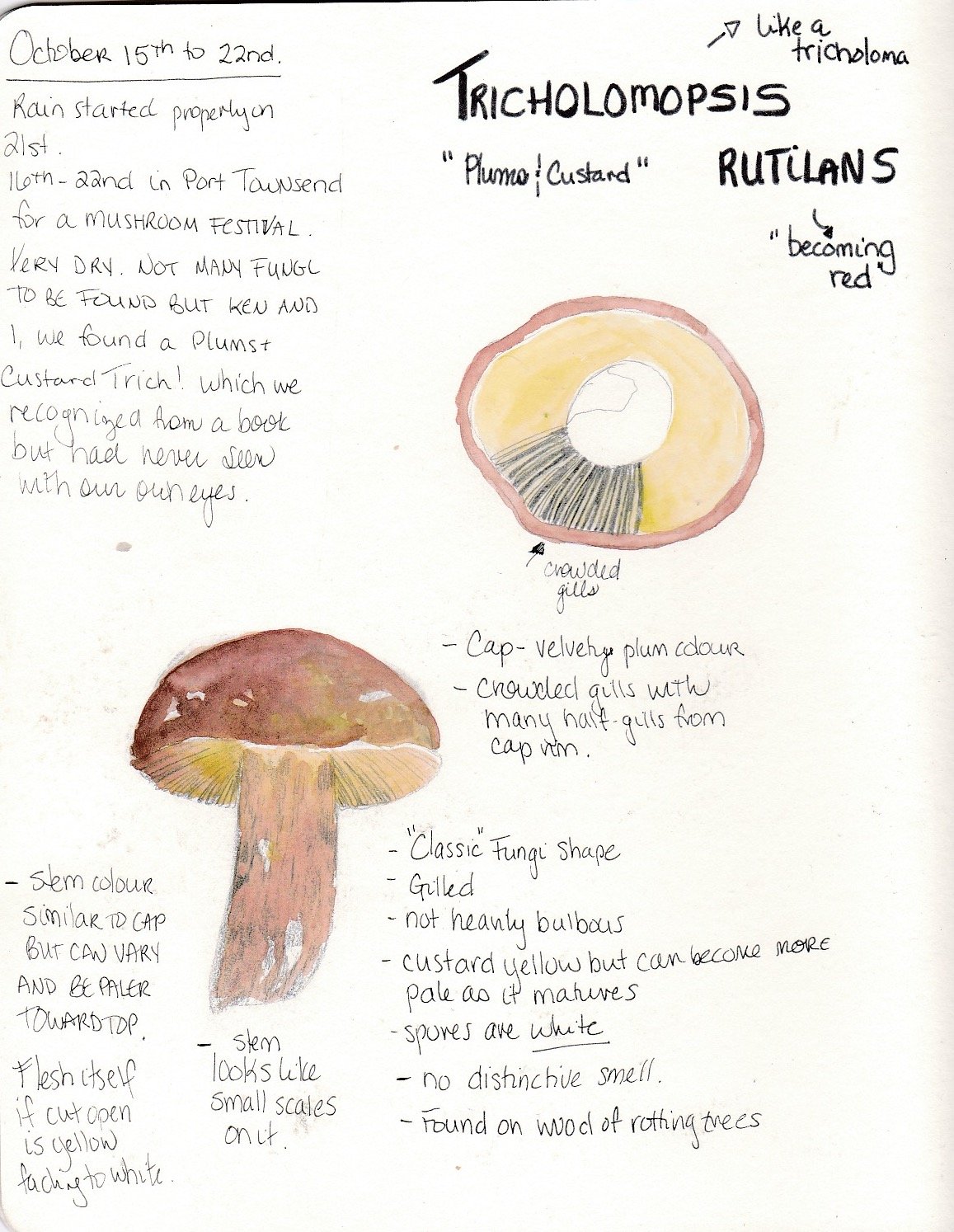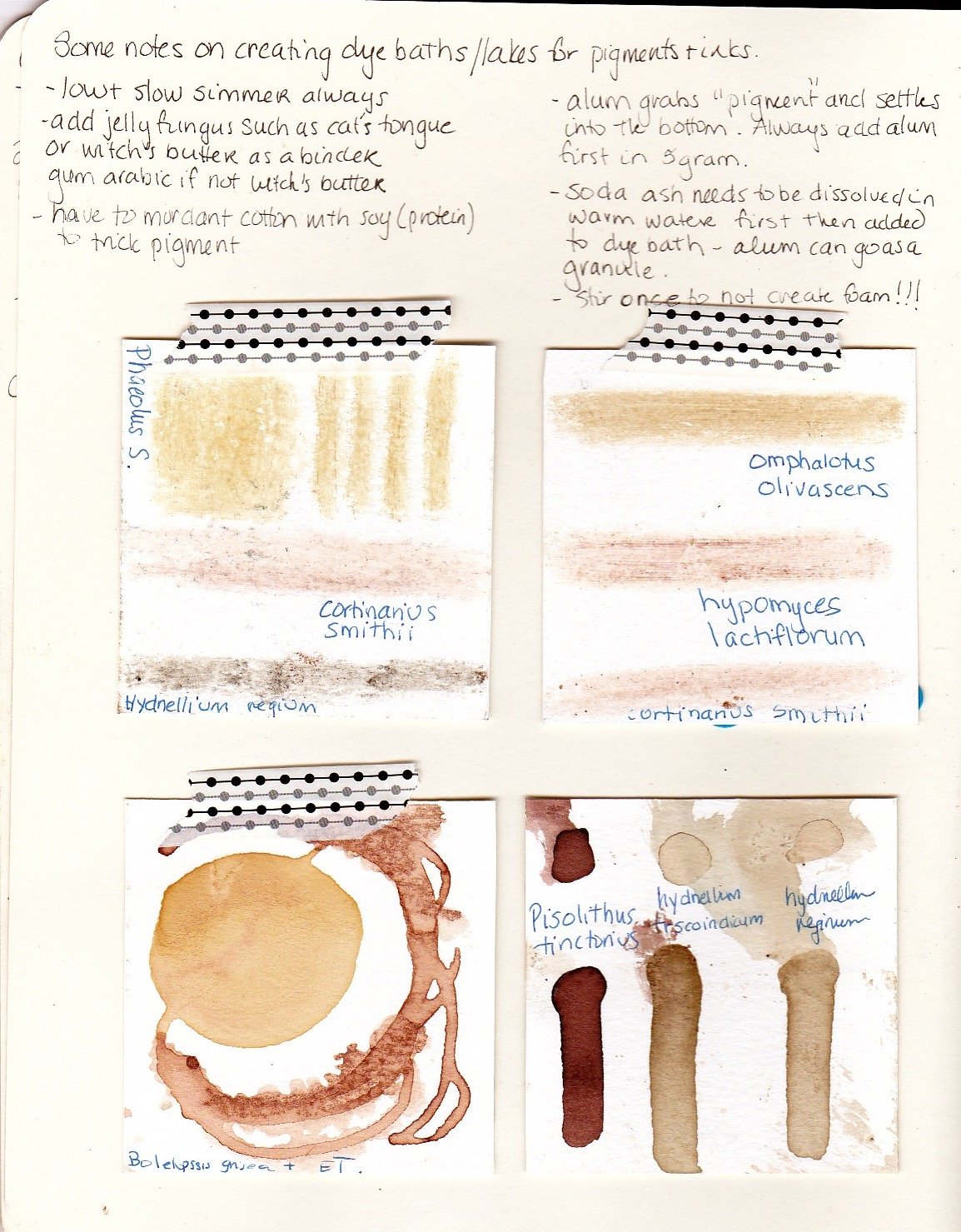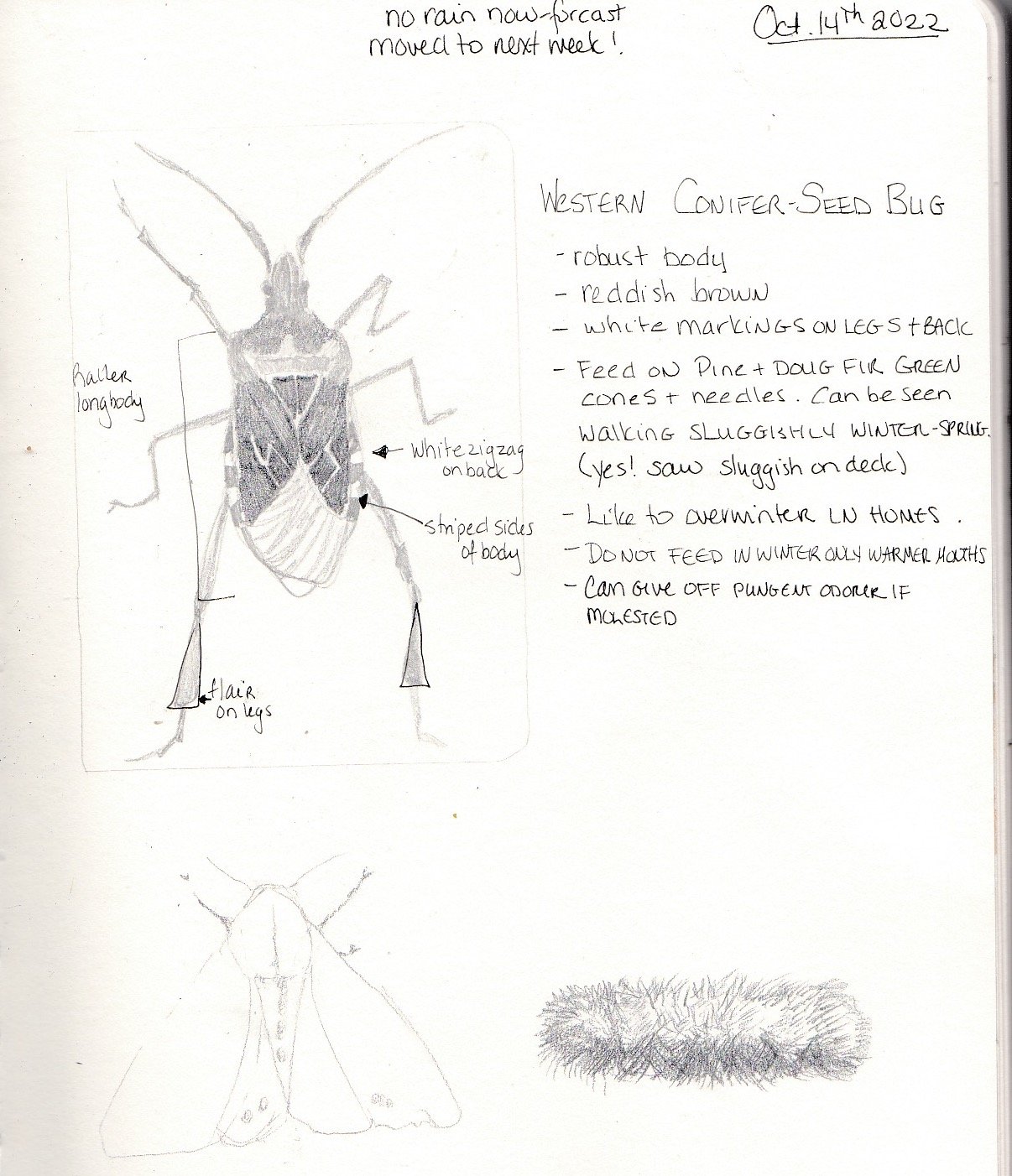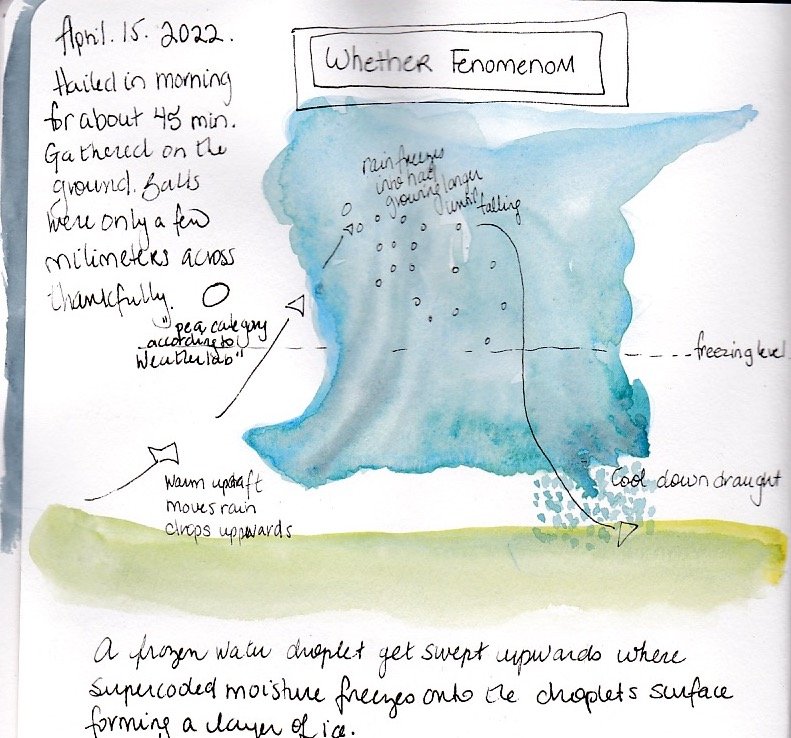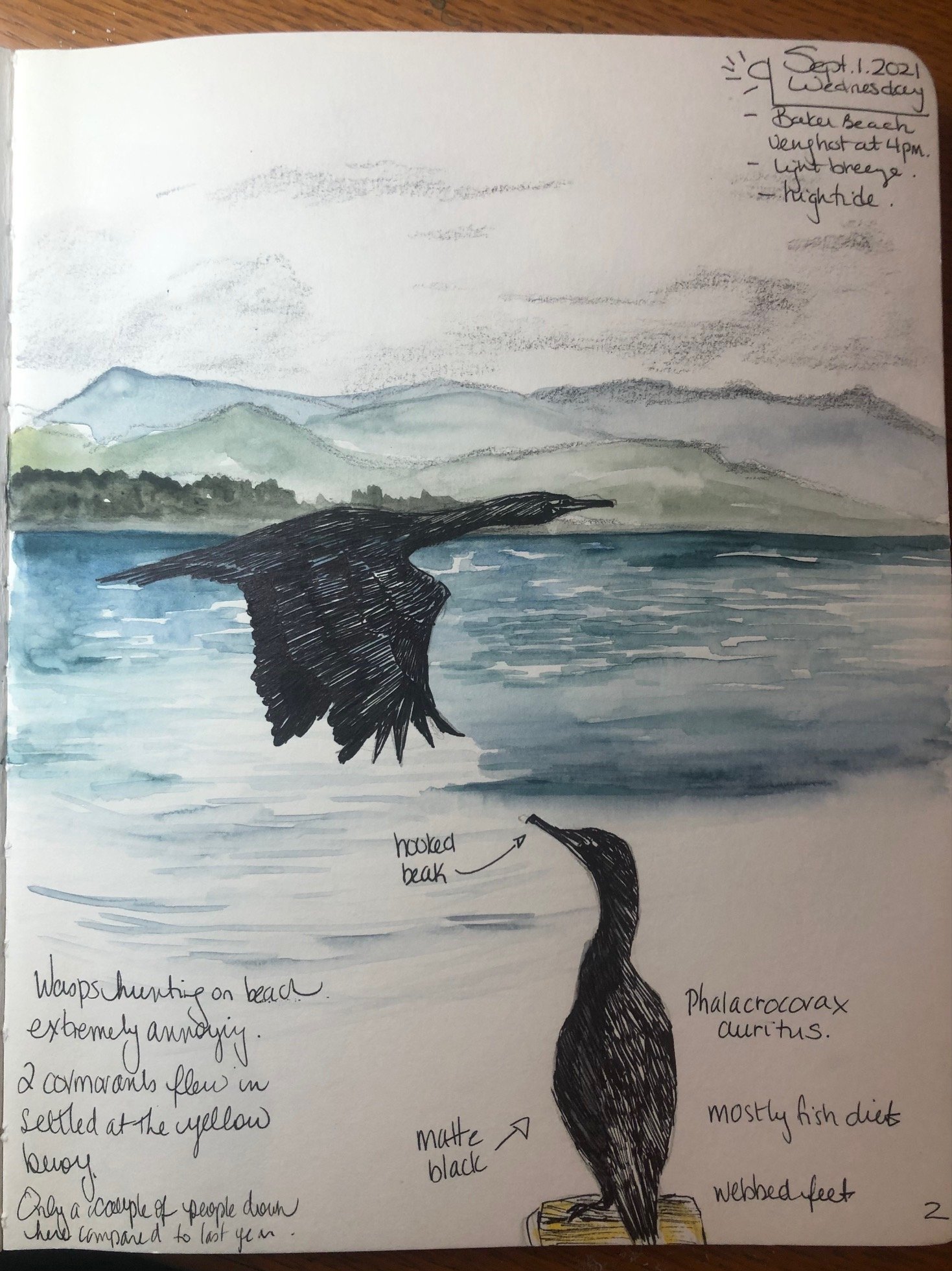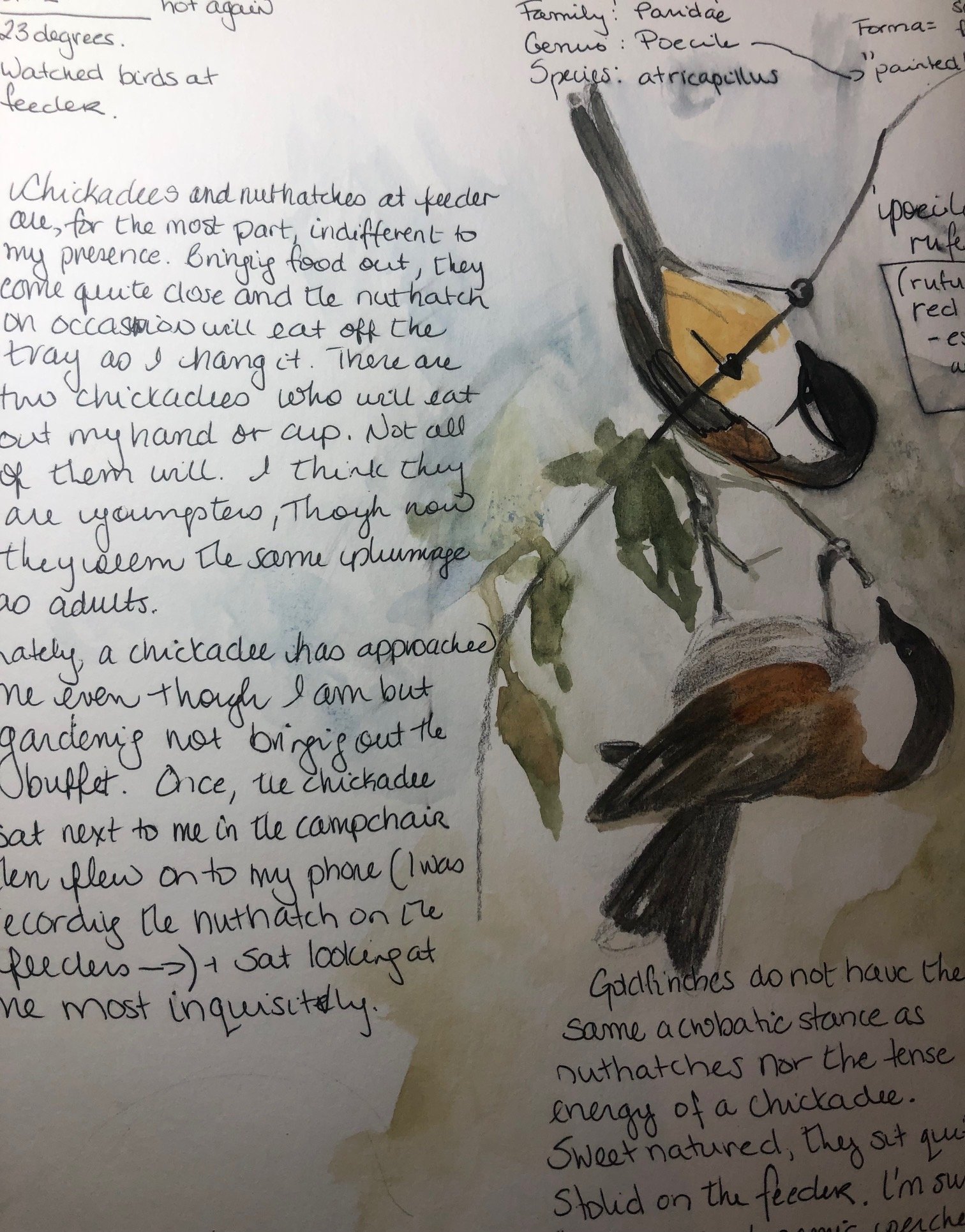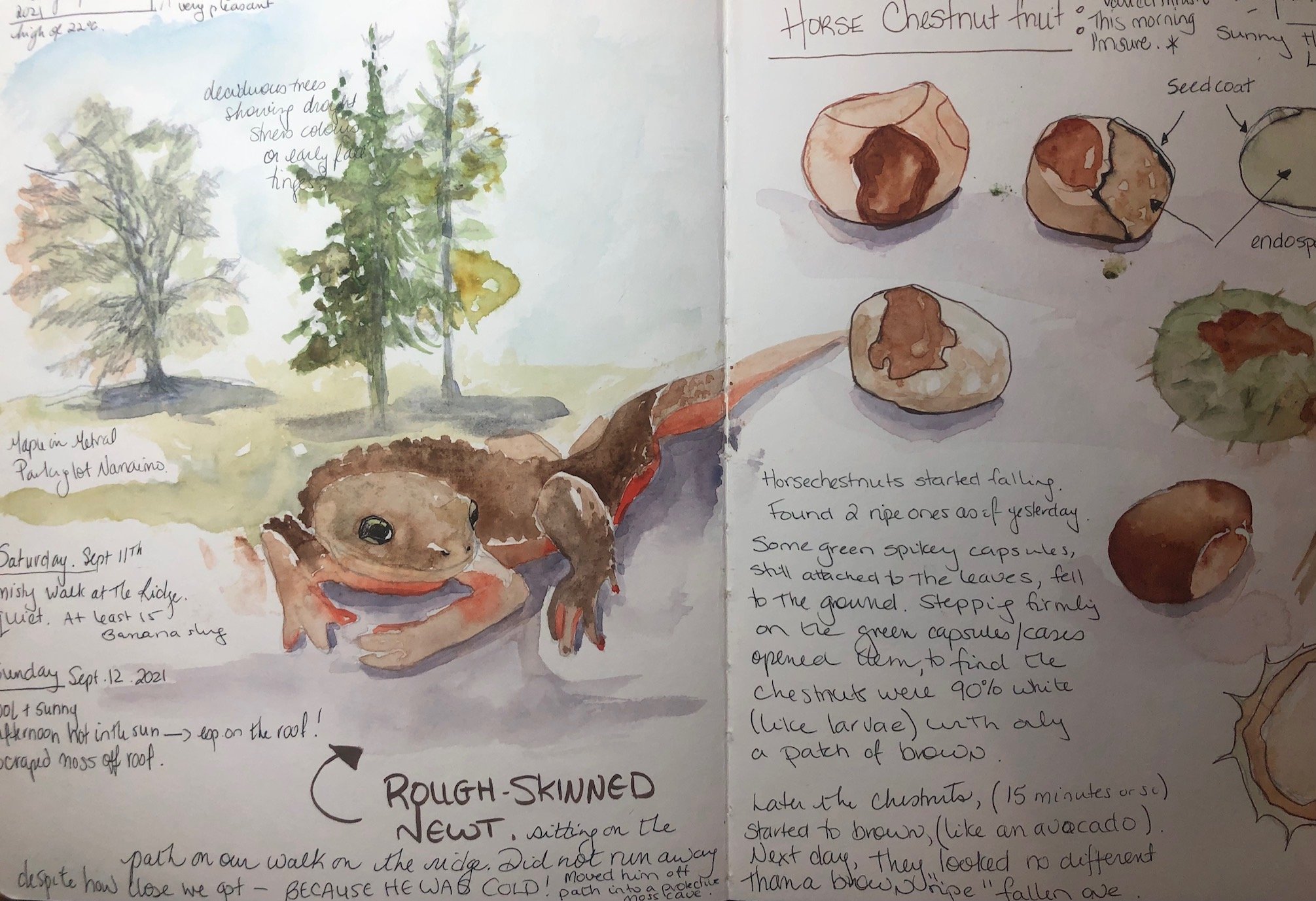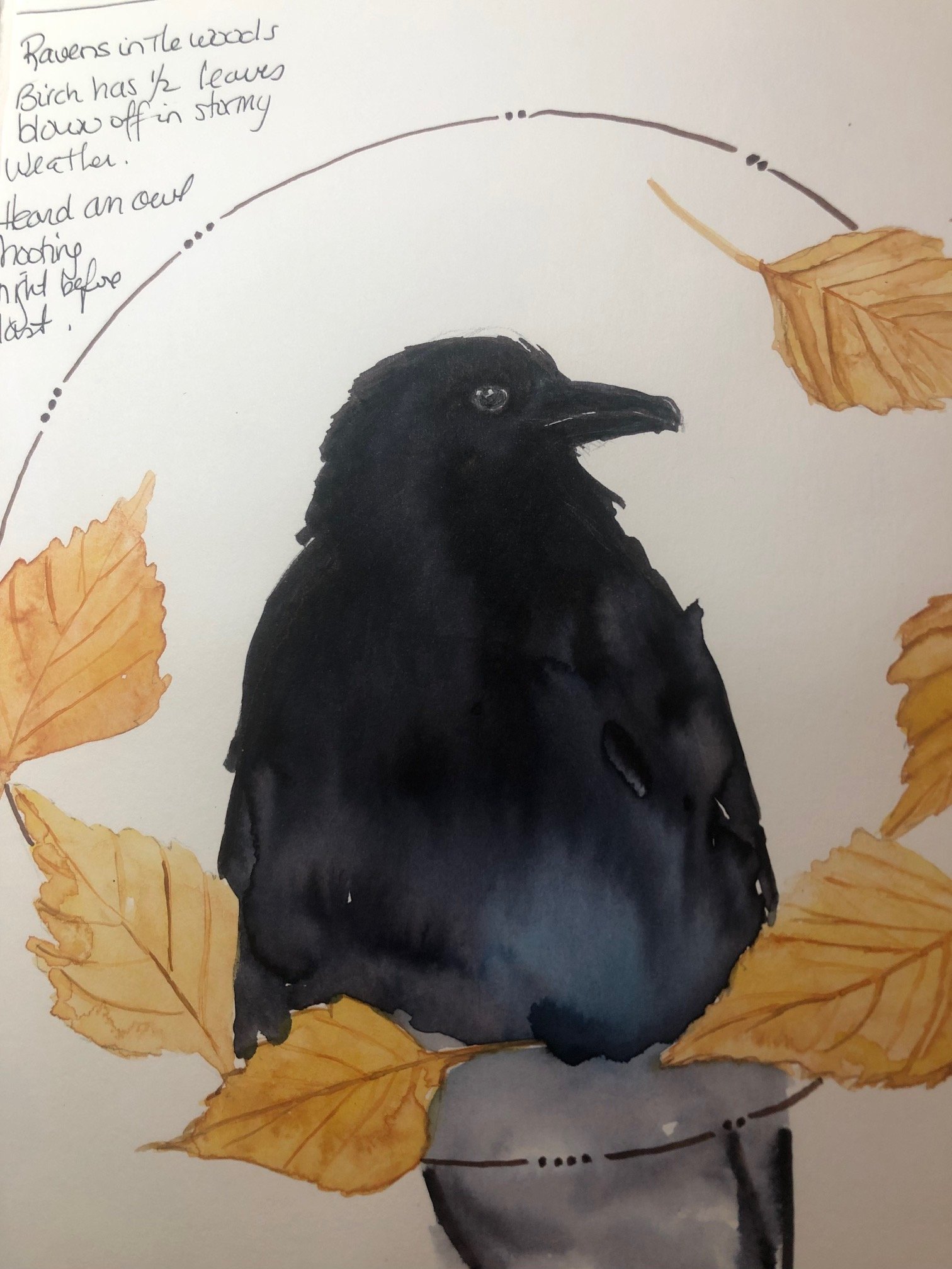Trying out the “Rite in the Rain” paper. I really quite like it.
Duck Creek Fungi
Beach Notes
A local posted an image of the sea lion on Inaturalist and was identified as a Californian sea lion. This is good to know as it was so far away off it made my eyes hurt squinting at it. Unless there is more than one sea lion patrolling these shores?
I like finding bits of Turkish Towel on the shoreline. I don’t see it often here and wonder if it gets broken up and washed ashore in the winter currents. I’ve never seen a complete piece with a stipe.
Earthstar Fungi
This is the first encounter with an Earthstar and I’m very excited. On my walk, I found the “Rounded Earthstar” or the “Bowl Earthstar” but thought I would also examine the similar “Collared Earthstar” to get the nuances of both species. There’s lots to learn… this is just the beginning of these starry delights.
Winter Sketching - Getting outside
A somewhat early snowfall left a good amount of snow - enough to get the snowplough out and clearing the roads.
Some outdoor sketching in the new snowfall. Despite the temperature hovering around 0 degrees, it felt colder with the damp. I warmed myself up with some shovelling and then went back to sketching.
With the sun on the snow, great clumps began to melt and fall from the tall conifers… one clump fell directly on my head and sketchbook. Fortunately, I was trying out a new waterproof pen… and yes… it is indeed waterproof.
Red Rock Crab
Feather Find
Lobster mushrooms...
Jahnoporus hirtus
This is a very sturdy fruiting body. It does indeed feel tough, like the guidebook says, and even after weeks, it keeps its form and shape, without going mushy or disintegrating. We only saw one last year in the area, but maybe this is the year for Jahnoporus hirtus because I think we have seen three now; one very much eaten.
International Fungi and Fibre Symposium
International Fungi and Fibre Symposium
International Fungi and Fibre Symposium… yes… all things fungi! It was five days of workshops and fun: cooking with fungi, dying, weaving, forays and forages, making felted hats, marbling paper with fungi that fluoresces under a blue light, and botanical dying silk scarves to name a few of the classes offered.
So why the sheep? Well, it is also about the fibre arts and one can’t pass over going to a meadery and farm to see these wonderful sheep. Soay sheep are an ancient breed and some farmers are taking pains to keep that lineage thriving. From the Wilderbee website:
Soay are the UK's oldest surviving livestock breed. They are designated At Risk, meaning there are less than 1500 known breeding ewes in the world. Breeders register sheep with the UK's Rare Breed Survival Trust (RBST), and genetics are recorded in an extensive database.
Unfortunately, we had a very dry season here in the Pacific Northwest (not as horrific as the Heat Dome of last summer, but yes, months without rain) and there were few fungi to be found. I did find this Plums and Custard fungi which was a first for me and which I had only read about in field guides. So that was a very nice forest surprise.
Western Conifer Seed Bug
Cormorants
Wireweed seaweed and notes
Hail Diagram
Winter Light in the Woods
Some September Observations
Jumpers
Jumping spiders make me clap my hands with joy. That’s all that needs to be said, really. JOY.
An assortment of things seen...
A raven feather; found near the home of the raven family nearby.
Twinflowers; a most delicate rambling flower with an incredible fragrance… for me, it is like smelling those tiny wild strawberries warming in the sunshine plus a dash of jasmine.
White flower Rein Orchid - a bit uncommon around here apparently and indeed, there was only one to be admired in the 7km walk. “Platanthera ephemerantha is considered vulnerable and is threatened by development and lumbering in North America.” - northamericanorchidcenter.org
Lumbering? As in lumbering humans on the path? Or perhaps logging? Or perhaps lumbering humans logging?
More scoping-sketches
The juvenile bald eagles were, at low tide, giving it a go with the crabs. It was high entertainment, even if they really never held still for a good sketch moment. Even when their bodies are still, their heads are moving every 2 seconds or so.
I know it is not just sketching through the scope but the ability to hold what you see in your memory for just a moment, enough to get it on paper. I don’t have that memory muscle. Right now it is, make a line, look, make a line, look and so on. The ability to see the gestalt of the bird and get it down… one can dream.


